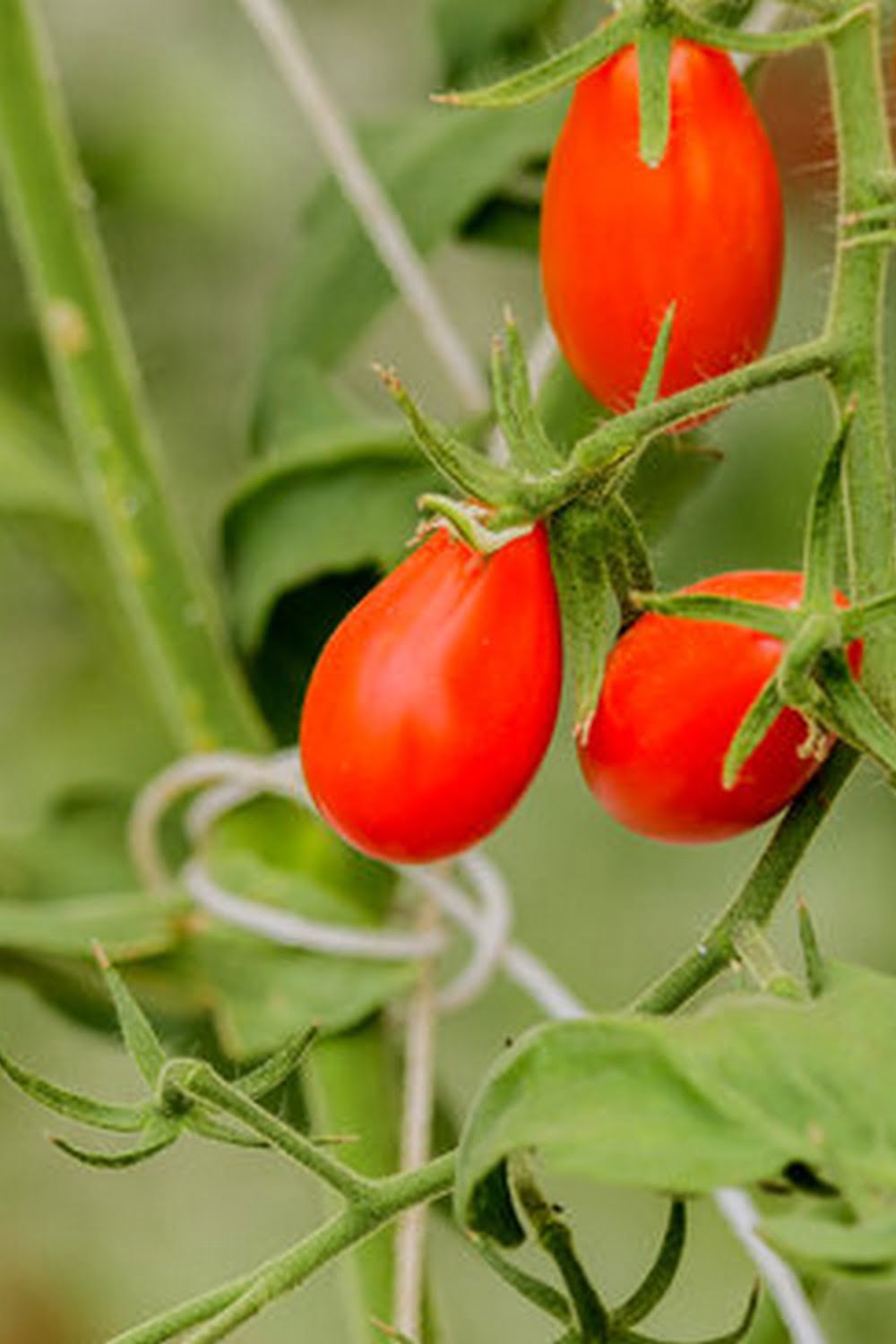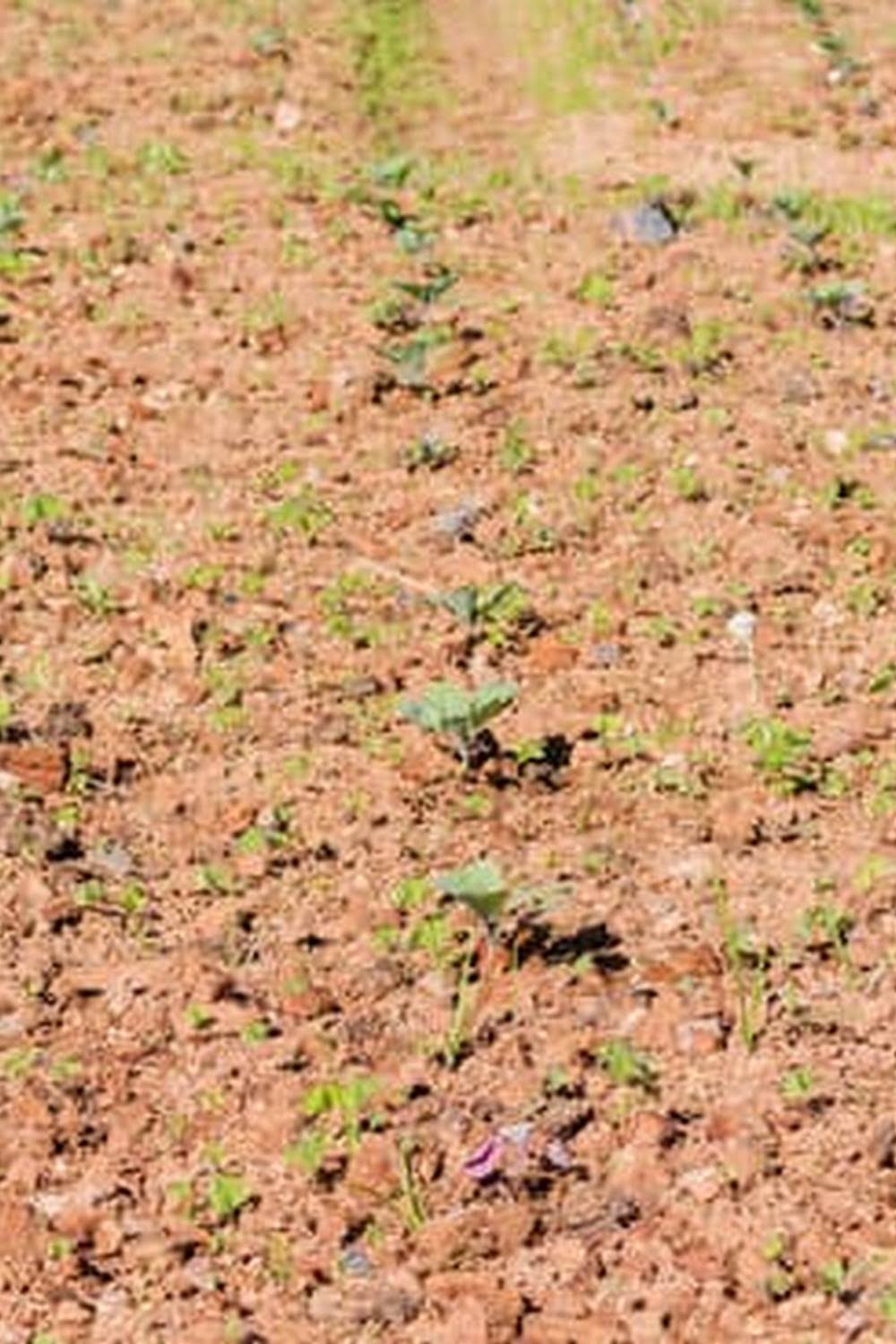Vegetable Bed Garden
Layout
Many people are interested in vegetable gardening these days, for a variety of reasons. Perhaps you want to save money on groceries, or you want to know where your food comes from. Maybe you’re interested in getting some exercise, or you just want to have a beautiful garden. No matter why you’re interested in vegetable gardening, the first step is to layout your vegetable bed garden.
There are a few things to consider when laying out your garden. The first is the size of your garden. How much space do you have to work with? The next thing to consider is the climate. What kind of soil do you have, and what kind of climate do you live in? The third thing to consider is what kind of vegetables you want to grow. Some vegetables do better in warmer climates, while others do better in cooler climates.
Once you’ve considered these things, it’s time to start laying out your garden. The simplest way to do this is to draw a diagram of your garden, using a pencil and paper. You can then use this diagram to plan out your garden.
The first step is to mark out the boundaries of your garden. This can be done with a garden hose, or by using stakes and string. Once you’ve marked out the boundaries, it’s time to start planting your vegetables.
The next step is to decide where to put your vegetables. You want to make sure that you’re planting vegetables that will get plenty of sunlight. You also want to make sure that you’re planting vegetables that will be able to grow in the type of soil that you have.
Some vegetables, such as tomatoes, do well in containers. If you don’t have a lot of space, you can grow these vegetables in containers. Other vegetables, such as carrots, do well in raised beds. If you have poor soil, you can plant your vegetables in raised beds.
Once you’ve decided where to plant your vegetables, it’s time to start planting them. You can either plant them one at a time, or you can plant them in rows. If you’re planting them in rows, make sure that you leave enough space between the rows for you to walk through.
When you’re planting your vegetables, make sure to read the instructions that come with the plants. Each type of vegetable has different requirements, and it’s important to follow the instructions.
Once your vegetables are planted, it’s time to water them. Make sure to water them regularly, especially in the summertime. You also want to make sure to fertilize them. There are a variety of different types of fertilizer available, and it’s important to choose the right one for your garden.
Now that your garden is planted, it’s time to enjoy the fruits of your labor!
Costway Wooden Raised Vegetable Garden Bed
Looking for a way to garden that is both stylish and functional? Look no further than the Costway Wooden Raised Vegetable Garden Bed. This garden bed is the perfect way to add a touch of style to your garden, while also providing a place to grow your vegetables. The raised bed is made of wood, which makes it sturdy and durable. The bed is also treated with a water-resistant coating, which helps to protect it from the elements. The raised bed is also easy to assemble, so you can start gardening right away.
Raised Bed Vegetable Garden Design For Handicapped
Are you handicapped and looking for a way to garden? A raised bed vegetable garden may be the perfect solution for you!
Raised bed gardens are a great way to garden if you have limited mobility. With a raised bed garden, you don’t have to bend over to garden, which can be difficult or impossible for some people.
Another advantage of raised bed gardens is that they are easy to access. You can easily get to the plants and the soil in a raised bed garden, which makes it easy to care for your plants.
If you are looking for a way to garden that is both accessible and easy to care for, a raised bed vegetable garden may be the perfect solution for you!
Box Vegetable Garden Beds
Are you looking for a way to get your family more interested in eating their vegetables? Why not try a box vegetable garden bed? These are garden beds that are made out of boxes, and they are a great way to get started with gardening.
There are a few things that you need to keep in mind when you are creating a box vegetable garden bed. First, you need to make sure that you choose a location that gets plenty of sunlight. Second, you need to make sure that you choose a location that has good drainage. And finally, you need to make sure that you choose a location that is easy to access.
When you are choosing a location for your box vegetable garden bed, you need to make sure that you choose a spot that gets at least six hours of sunlight each day. If you don’t have a spot like that in your yard, you can always create a garden bed on your patio or deck.
You also need to make sure that you choose a location for your garden bed that has good drainage. If the soil in your yard is clay-based, you may want to consider building your garden bed on top of a raised platform. This will help to ensure that the water drains away from the garden bed, rather than seeping in to the soil and causing the plants to rot.
Finally, you need to make sure that you choose a location for your garden bed that is easy to access. If you are placing your garden bed in a spot that is difficult to get to, you may find that you are not as likely to spend time in your garden.
Once you have chosen a location for your garden bed, it is time to start building it. The easiest way to build a garden bed is to use a kit. There are a few different types of kit available, but my personal favorite is the cedar kit.
The cedar kit comes with four cedar boxes, and it is very easy to put together. You just need to drill some holes in the bottom of the boxes, and then you can use the screws that come with the kit to put the boxes together.
If you are not interested in using a kit, you can always build your own garden bed. Just make sure that you use a sturdy material, like cedar, and that you drill plenty of drainage holes in the bottom of the boxes.
Once your garden bed is built, it is time to start planting your vegetables. The great thing about box vegetable garden beds is that you can grow a variety of vegetables in a small amount of space. Just make sure that you choose vegetables that grow well together.
Some of my favorite vegetables to grow in a box garden bed include lettuce, tomatoes, cucumbers, and bell peppers. But, really, the possibilities are endless. Just experiment a little and see what works best for you.
A box vegetable garden bed is a great way to get your family interested in eating their vegetables. It is also a great way to get started with gardening. Just make sure that you choose a location that gets plenty of sunlight, has good drainage, and is easy to access. And remember, the possibilities are endless when it comes to growing vegetables in a box garden bed.
Ratios For Raised Bed Vegetable Garden
The vegetable garden is a great way to get fresh, organic produce right from your backyard. But, to make the most of your garden, you need to know the right ratios for your raised bed vegetable garden.
The first step is to figure out the size of your raised bed. Most raised beds are either 4×8 or 4×12 feet. If you have a different size bed, you can use this calculator to figure out the dimensions.
Once you know the size of your bed, you need to figure out the number of plants you can fit in each row. The general rule of thumb is that you can fit 18 plants in each row. So, if you have a 4×8 bed, you can fit 72 plants. If you have a 4×12 bed, you can fit 108 plants.
The next step is to figure out the spacing between plants. You want to make sure there is enough room for the plants to grow, but you also want to make sure you have enough room for the rows to be tilled. The general rule of thumb is to plant the plants 6 inches apart.
Now that you know the number of plants and the spacing between plants, you need to figure out the spacing between rows. The general rule of thumb is to have 12 inches of space between the rows.
So, now you know the number of plants, the spacing between plants, and the spacing between rows. You can use this information to plan your raised bed vegetable garden.

If you’re looking to get into vegetable gardening, or are just looking for some tips on how to make your current garden better, then you’ve come to the right place! My name is Ethel and I have been gardening for years. In this blog, I’m going to share with you some of my best tips on how to create a successful vegetable garden.





